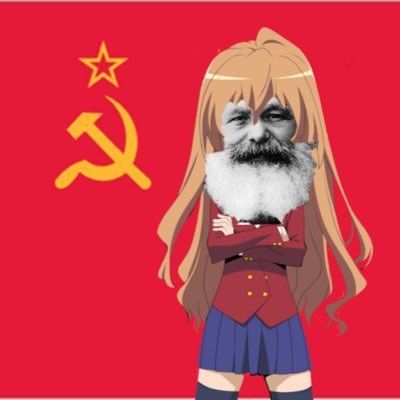I think i understand the basics. For example, a capitalist buys wood for 20 (money) to make a chair, he employs someone else to make the chair which adds value to the wood…lets just say the value added through the labour is 20 (money) the chairs cost therefore is 40 (money) but the capitalist steas some of the added value to make a profit and now the chair is only worth 30 (money). The worker has therefore worked a significant amount of time for free because the value added does not correspond to what the chair is sold for. Thats already what i understand but how exactly does the capitalist turn this into profit? Yes he has gained some money but he still has 30 dollars in debt due to the production costs and the labours costs…and it would not change in the future as the debt just like the value he steals from the workers grows. Can someone pls explian?


It boils down to:
Profit = Sell price - Labour cost - Raw resources cost (which in turn also have labour cost involved…) - other production cost (electricity, water, etc).
To answer your question, the sell price of a commodity has to cover the costs required to produce it. e.g. a coat sold at $30 means it costed < $30 to produce in order to turn a profit.
Another important point is that commodities have to be sold/exchanged to turn profit, they do not inherently produce a profit. Big part of why marketing is really important nowadays, many commodities produced are completely useless i.e. they do not have any use-value, so in order to sell them they have to manufacture some use-value e.g. the “status symbol” from watches.